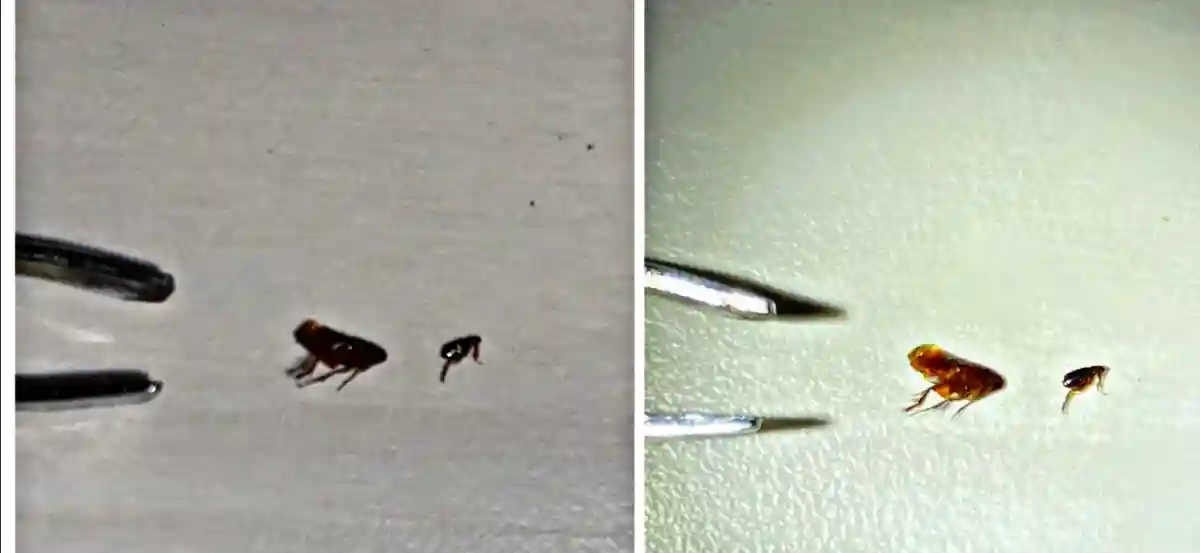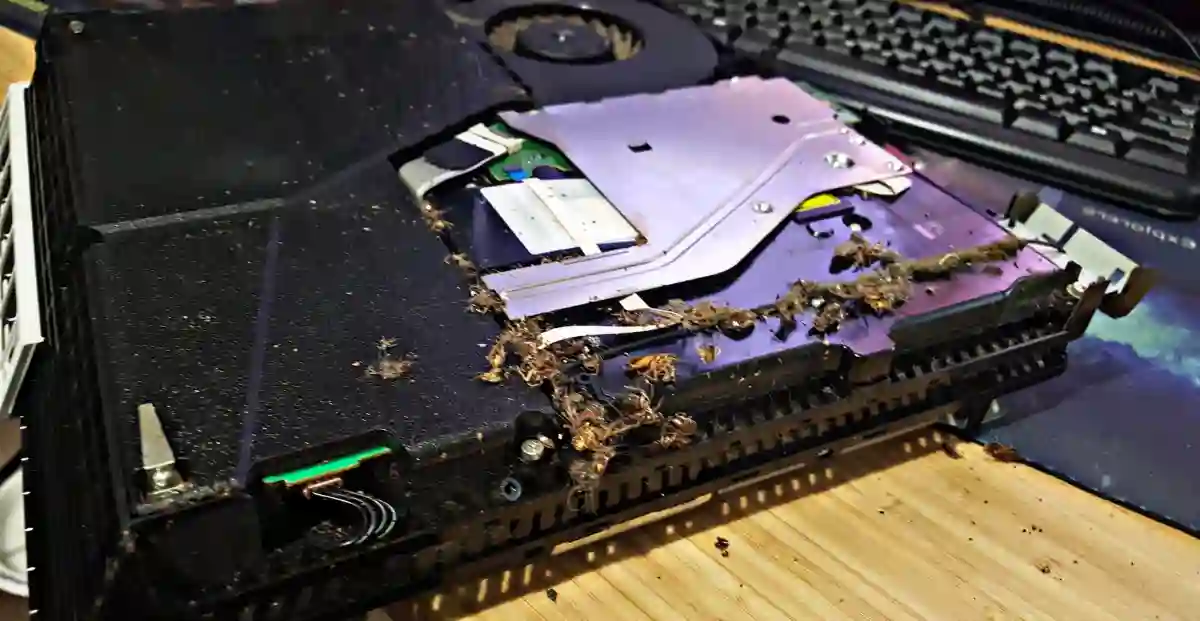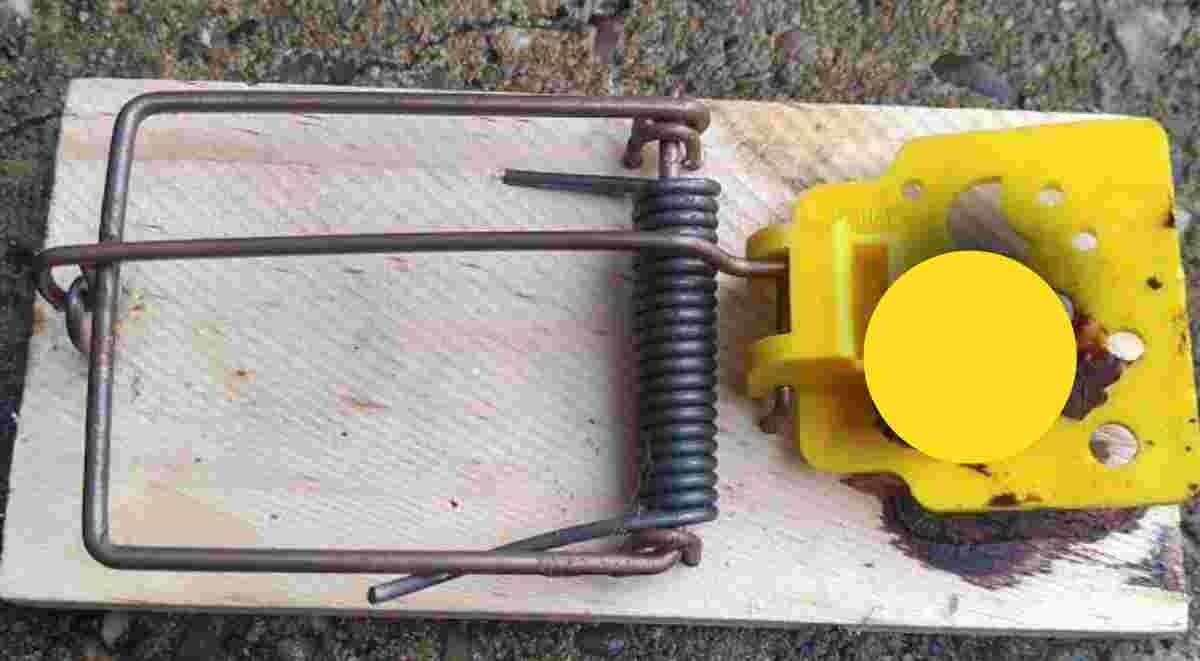Discovering a mouse under your fridge can be unsettling. Evidence such as droppings, gnaw marks, as well as scratching sounds around the fridge in the night, indicate mice presence. Fortunately, you can get mouse out from under fridge, even though coaxing it out of hiding can be a challenge. re are some humane and effective ways to lure a mouse out of hiding.
How to get mouse out from under fridge

Mice are nocturnal and fearful of humans, so they are most likely to venture out of the fridge when everyone is asleep. Also, even if you manage to spot one, its speed can make it difficult to catch them.
That said, here are some humane and effective ways to get mouse out from under fridge.
1. Determine that it’s indeed under the fridge
Take advantage of the defrosting process to inspect under your fridge for potential mouse hiding spots.
Mice often take refuge behind the condensation drip pan where water accumulates, providing them with a source of moisture. They may also be found in the motor compartment of the fridge. These spaces are the empty areas underneath the refrigerator.
Similar to how mice like to reside in voids between walls and ceilings, these voids offer ample space for them to establish a nest and reside nearby. Gently move the refrigerator and use a flashlight to inspect the underside and rear of the appliance to determine if mice are present.
During your inspection, look for signs of mouse activity such as nests, droppings, and a distinctive odor of urine. If you are fortunate, you may even come across live or dead mice.
2. Sprinkle deterrent scents
One effective strategy to get mouse out from under fridge and steer them in a desired direction is to use scents they dislike. Mice are known to be repelled by the smells of garlic, onions, cayenne pepper, cloves, ammonia, and alcohol.
If you prefer not to endure unpleasant odors yourself, peppermint is also a known mouse deterrent.
To use this method, simply saturate cotton balls with oils derived from one or more of these sources and place them in the areas of your home where you have experienced mouse activity.
3. Clean out mice nesting materials and droppings
This step regarding how to get mouse out from under fridge is simple but requires effort to execute properly. However, you must properly prepare for your safety before proceeding.
The first preparation is to create a solution to disinfect the nest and any mouse-related debris such as droppings and dead mice. A solution of nine parts water to one part liquid bleach is the most effective formula.
The second preparation step is to wear gloves and a face mask for protection. Upon discovering mouse droppings, sanitize the surrounding area thoroughly.
Use a paper towel to carefully pick up the droppings and place them in a sealed garbage bag. Do not sweep or vacuum mouse droppings to avoid inhaling contaminated dust and possibly getting a Hantavirus infection.
Disinfect the interior of the bag, seal it tightly, and place it inside a second bag. Remove the double-bagged waste promptly and clean and disinfect the affected area once again.
Cleanse the body and the surrounding area thoroughly. Utilize a paper towel to carefully pick up the mouse remains and place them inside a sealed garbage bag. Double-bag the first bag for proper disposal. Once again, disinfect the area to ensure it is completely sanitized.
Eliminate any nests and materials used for nesting from the location where you discovered them. For live mice, use a jar with food bait to trap them, then relocate them to a faraway location.
Don’t forget to sanitize the nest and nesting material by pouring disinfectant over them, then use a paper towel to carefully transfer them into a garbage bag. Make sure to properly seal the first bag before placing it inside another bag for disposal.
Once you have successfully removed all nests, nesting material, and any other mouse remains, clean your gloves by washing them. Discard the gloves promptly. To ensure complete hygiene, wash your hands with soap and water for a minimum of 20 seconds.
4. Clean your entire kitchen
Thoroughly clean the countertops where you prepare food to remove any remnants that might attract mice. Ensure that there are no loose food items in your cabinets or on the kitchen counter. Additionally, fixing leaks in your plumbing system is also important. Mice rely on droplets of water as their source of hydration. In the case of refrigerators, condensation that forms beneath the appliance can result in water droplets that provide a water source for mice.
When feasible, defrost your refrigerator and eliminate any excess water that builds up underneath it to prevent mice from obtaining a water source and get mouse out from under fridge.
5. Repair damaged wiring or insulation
As a final step, repair or replace any wiring or insulation that may have been damaged by mice. Refrigerator insulation replacement kits can be easily purchased from most online appliance supply stores.
Fixing wires may require using duct tape or, in severe cases, seeking assistance from an electrician or a similar professional.
In most cases, however, your homeowners insurance may not cover mice damages.
6. Store food in airtight containers
Food items that are left unsecured or stored in containers that are not mouse-proof are highly susceptible to being targeted by mice. Secure your food to prevent mouse infestations as mice can carry harmful bacteria that may cause food poisoning.
Food items stored in cardboard boxes, paper containers, thin foil, or plastic wrapping are especially vulnerable to mouse attacks and should be properly secured.
Invest in sturdy plastic containers with a tight, airtight seal to preserve these food items. Ensure that the containers are properly sealed to deter mice from getting attracted.
Seal the areas behind cupboards and cabinets and place traps or bait stations along the pathways leading to these storage spaces. The only exception to this rule is food bait, which should be strategically placed to lure mice into the traps.
7. Seal all holes and entries
Mice can easily gain access to your kitchen and fridge through small openings that are approximately the size of a dime, so seal all potential entry points.
Start by locating any holes that mice can fit into, and gather the necessary materials for sealing. We can discuss two methods for sealing the holes: utilizing sealing foam and utilizing steel wool. Steel wool is an effective method for blocking holes located behind the fridge.
Wear gloves or use a pencil to insert a piece of cut steel wool into the hole, carefully stuffing it into the gap to ensure a tight seal.
Steel wool is an effective solution as mice will struggle to gnaw through it. Additionally, steel wool also has the added benefit of being a good insulator. Another effective method is using sealing foam insulation. Simply follow the instructions on the packaging and apply the foam to any holes or gaps you discover.
Where should you look for holes and gaps in your kitchen? The most common places to find these openings are:
- near plumbing that leads to your sink,
- holes in electrical and gas lines, and
- behind kitchen cabinets and cupboards.
8. Get a cat or use cat litter
Cats are natural hunters and can be very effective in locating and catching mice in the house. Simply having a cat present can cause a mouse to quickly retreat, even if the cat doesn’t catch it.
If you don’t have a cat, you can still utilize this strategy by placing containers of used cat litter near entrances to your home. The mere scent of cat urine can be enough to deter a mouse from entering.
9. Contact a pest control professional
If you sense severe mouse infestation beyond under your fridge, seek assistance from a professional pest control service. They possess the necessary tools and expertise to effectively eliminate mice and prevent future infestations in your home.




